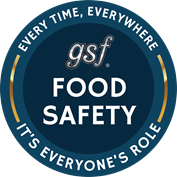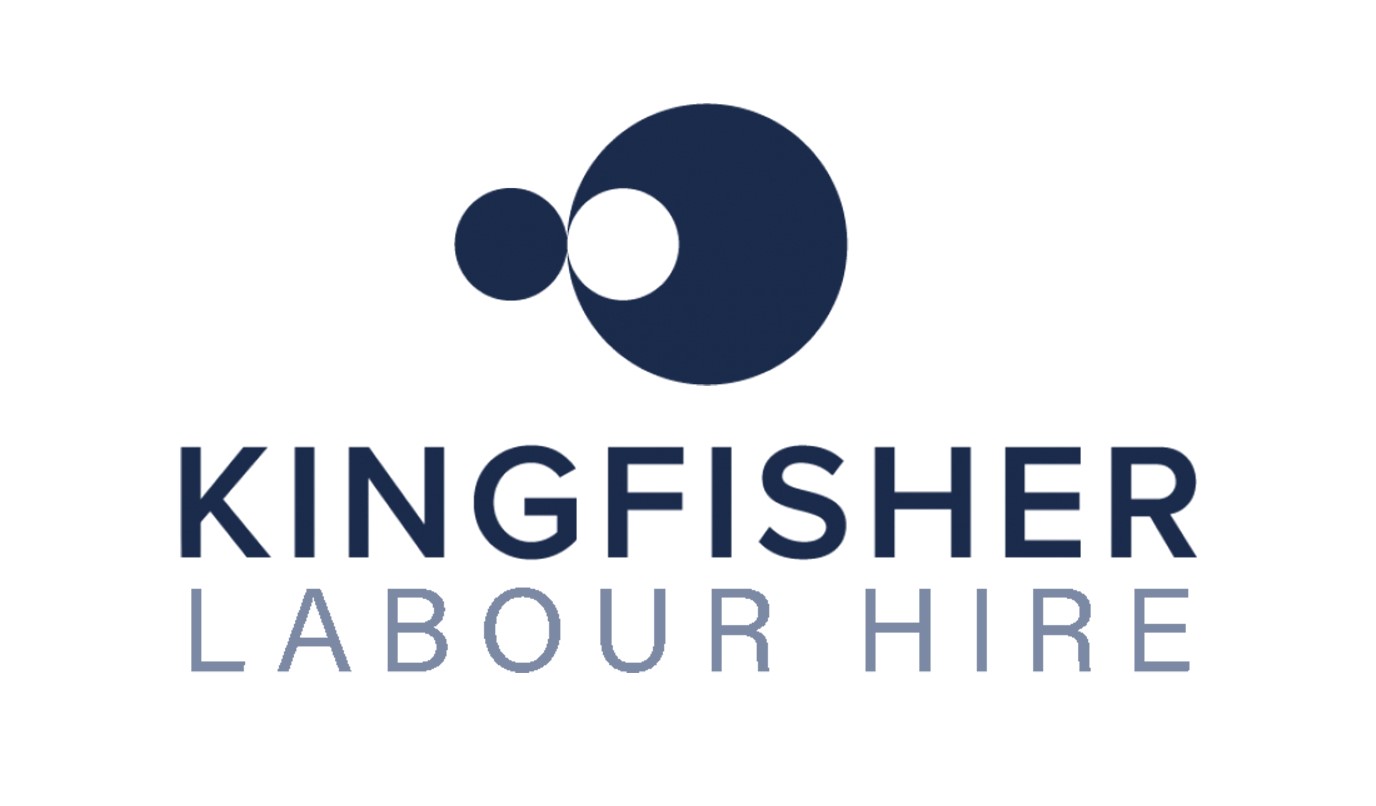Information
-
Conducted on
-
Client / Site
-
Prepared by
-
Vehicle Description
-
VIN / Serial No. & Date of Manufacture
-
Plant ID & Vehicle Owner
1 General Inspection
-
1.1 Check for engineer's report demonstrating structural integrity after modifications (ESR 0004)
-
1.2 Check fitment of compliance plates
-
1.3 Check for correct fitting of reflective stripes
-
1.4 Check for correct fitting of electrical danger signs (if applicable)
2 Controls/Lights
-
2.1 Check tail, hazard, flashing and marker lights for correct function/damage (where fitted)
3 Structure
-
3.1 Check frame areas, welds, mounting points for looseness and cracks
-
3.2 Check for bolt tightness
4 Wheels
-
4.1 Check rail wheel for condition & correct/match dimensions
-
4.2 Check wheel bearings for wear & damage - rumble test
5 Wheel Alignment
-
5.1 Check and if necessary adjust back to back gauge of front and rear guide wheels<br> 1360mm +0mm / -3mm measured at the wheel/rail interface
-
5.2 Check and if necessary adjust the alignment of the front and rear guide wheels<br> Alignment to be +/- 10mm as specified in EPR 0022
6 Brakes - Support Frame with and without mounted machinery
-
6.1 Conduct brake test to satisfy minimum requirement (fully loaded support frame moving at walking pace must stop within 5 metres once brake lever released)
-
6.2 Test parking brake holding ability on 1 in 30 grade
-
6.3 Brakes normally applied with positive action required to release and keep release. Refer ESR 0001 RSU 731
7 Brake Requirements
-
7.1 Trolley gauge
-
7.2 Wheels fitted
-
7.3 Double flange wheel upgrade (if required)
-
7.4 Correct wheel bracket angle?
-
7.5 Brake packers required?
-
7.6 Brake kit requested
8 Overall Inspection
-
This vehicle has been inspected according to the above guidelines and manufacturers requirements and is deemed to be
9 Comments
-
Comments
10 Inspected by
-
Melvelle Equipment Corp. Pty Ltd










